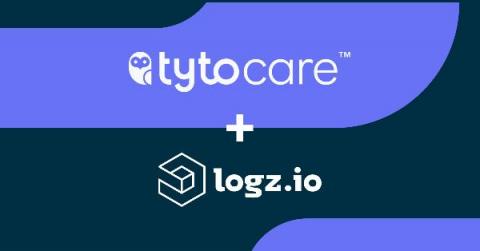Operations | Monitoring | ITSM | DevOps | Cloud
Latest News
Getting Started with Citrix in Splunk - [Part 1]
With most of the world on lockdown due to the COVID-19 virus, many aspects of IT services and digital transformation have been put into the fast lane. There are reports of massive surges in the use of tools such as Zoom, Microsoft Office 365, etc. in order to communicate and collaborate. At the same time organizations are required to scale up access to their internal applications.
Keep Calm And Carry On Your Business Services
Businesses who operate along supply chains, like manufacturers, distributors, and retailers, have innovative systems and processes for predicting demand and keeping consumers satisfied. Until a crisis hits. When demand for essential SKUs spikes due to panic buying and fear-based hoarding, organizations in essential consumer categories can find themselves forced to make critical decisions without reliable information to base them on, significantly increasing their risk exposure.
How labels in Loki can make log queries faster and easier
For the majority of the first year that we worked on the Loki project, the questions and feedback seemed to come from people who were familiar with Prometheus. After all, Loki is like Prometheus – but for logs! Recently, however, we are seeing more people trying out Loki who have no Prometheus experience, and many are coming from systems with much different strategies for working with logs.
Log Management Solutions: A Look at 11 That You Need
The days of logging as a mere troubleshooting mechanism are past gone. Nowadays, log management is a must. In today’s post, we’ll present you with a list of 11 log management solutions worth checking out. Let’s dig in. The first tool in our list is Splunk, which is a comprehensive utility very well-known by sysadmins. It’s available as a downloadable tool for Linux, Windows, and macOS X. A cloud version also exists, as well as a free version with limited capabilities.
Tyto Care: Accelerating Telehealth in the Fight against COVID-19
At Logz.io, our team has the opportunity to partner with many cutting edge technology companies and products from different trades. Many have a crucial mission and help save lives worldwide. In the fight against the novel coronavirus, telehealth is one such sector. It compels us to do all we can to support these organizations by improving application accessibility and performance for users who need it. One of our customers epitomizes this—Tyto Care. Tyto Care is a healthcare pioneer.
Best Log Management Tools in 2020, and How to Select One for Your Organization
Free online Elastic Stack and Elasticsearch training: Anytime, anywhere, on-demand
We are offering a variety of on-demand Elastic training courses for free — featuring 11 titles that span observability, security, and Elastic Stack administration. If you haven’t tried one of our self-paced courses yet, now is the perfect time to find out why so many people have shifted their learning preference from in-class to online. Our on-demand courses provide the same immersive learning experience found in the classroom, but delivered in a convenient, remote environment.
Understanding and Baselining Network Behaviour using Machine Learning - Part I
Managing a network more effectively has been something our customers have been asking us about for many years, but it has become an increasingly important topic as working from home becomes the new normal across the globe. In this blog series, I thought I’d present a few analytical techniques that we have seen our customers deploy on their network data to: Better understand their network and Develop baselines for network behaviour and detect anomalies.
Understanding and Baselining Network Behaviour using Machine Learning - Part II
A difficult question we come across with many customers is ‘what does normal look like for my network?’. There are many reasons why monitoring for changes in network behaviour is important, with some great examples in this article - such as flagging potential security risks or predicting potential outages.








